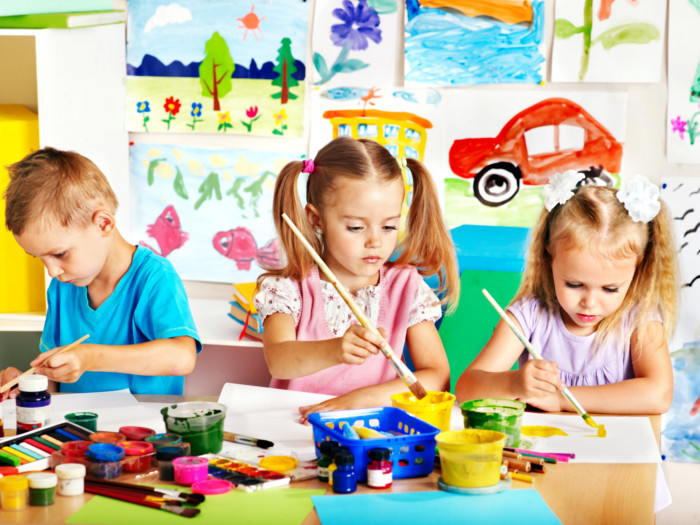When asked to draw scientists, children in America likely to picture women as scientists more often than ever, says a study published in the journal Child Development. [1]
The study analyzed five decades of ‘Draw-A-Scientist’ studies, which showed that kids stereotyping men as scientists have weakened over time. Women achieving great heights in science, and children’s media depicting the same, has been the major influence in this change, according to researchers. “Prior studies have suggested that these gender-science stereotypes could shape girls’ interests in science-related activities and career,” said study lead author David Miller, Northwestern University.

This is the first ever longest systematic and quantitative review, where the results of more than 78 US studies were combined to obtain results. Researchers included more than 20,000 children in kindergarten through 12th grade. The results of the children gender-stereotyping study were as follows;
- Percentage increase: In the first study conducted between 1966 and 1977, less than 1% of about 5000 children drew women as scientists. The percentage increased over time. On an average, it increased to 28% in studies between 1985 and 2016. Although they still draw more male scientists, the percentage of them drawing female scientists have dramatically increased.
- Genders in gender-stereotyping: Over time, both boys and girls started drawing more female scientists, though girls overall drew female scientists much more often than boys.
- Cognitive function: Kids until grade school (age 5), drew almost equal percentage of men and women scientists. The tendency to draw male scientists increased strongly with time, during elementary and middle school.
- Other stereotypes: Older children more often drew lab coats and glasses, highlight other stereotyping that they learn over time.
“These changes across children’s age likely reflect that children’s exposure to male scientists accumulates during development, even in recent years. To build on cultural changes, teachers and parents should present children with multiple examples of female and male scientists across many contexts such as science courses, television shows, and informal conversations,” said study co-author David Uttal, Northwestern University.
